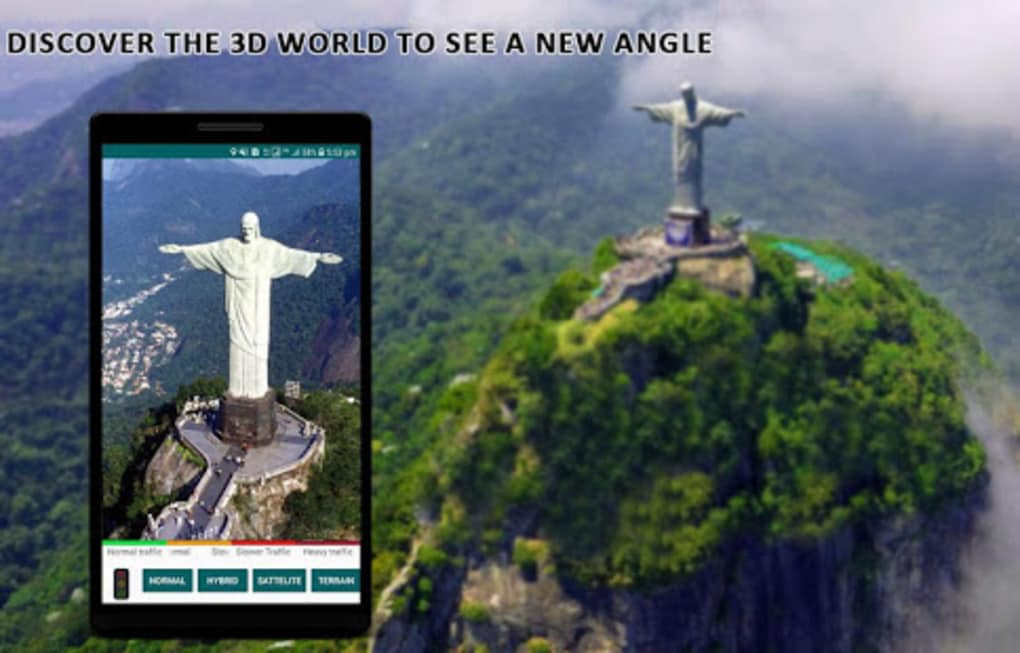

It has been extensively used in the United States, Canada and many European countries, its applications in India was initially permitted for a few location. It explores places around the world through 360-degree, panoramic and street level 3D imagery. To see the most precise location possible, Live View uses a new technology invented at Google called global localization that matches up tens of billions of Street View images with what is on your phone to help you identify where you are and which way you should go.The internet services giant wanted to cover most of the Indian territory through the Google Street View. Being off by a short distance is fine when you’re driving, but this discrepancy can actually point you in the entirely wrong direction when you’re traveling on foot! Live View requires orientation precision down to just a few degrees, which simply isn’t possible using traditional tools like GPS signals. For Live View to work, Google Maps needs to know two things: where your phone is located, and where this location is relative to the rest of your surroundings. Live View, for example, is a tool that uses augmented reality to show you which way to walk, with large arrows and directions overlaid on top of walking navigation. Photos are great, but how are they useful for someone using Google Maps? Well, imagery is woven into every product that Maps provides. How Google Maps uses imagery: (hint - it’s everywhere) In 2019 alone, Street View images from the Google Maps community have helped us assign addresses to nearly seven million buildings in previously under-mapped places like Armenia, Bermuda, Lebanon, Myanmar, Tonga, Zanzibar and Zimbabwe. These trekkers are carried by boats, sheep, camels, and even scout troops to gather high quality photos from multiple angles, often in some of the hardest-to-map places around the world.

There’s also the Street View trekker, a backpack that collects imagery from places where driving isn’t possible. Each Street View car includes its own photo processing center and lidar sensors that use laser beams to accurately measure distance. These cameras are athermal, meaning that they’re designed to handle extreme temperatures without changing focus so they can function in a range of environments- from Death Valley during the peak of the summer to the snowy mountains of Nepal in the winter. It can take anywhere from days to weeks, and requires a fleet of Street View cars, each equipped with nine cameras that capture high-definition imagery from every vantage point possible. How we collect imagery: cars, trekkers, flocks of sheep and laser beams


 0 kommentar(er)
0 kommentar(er)
